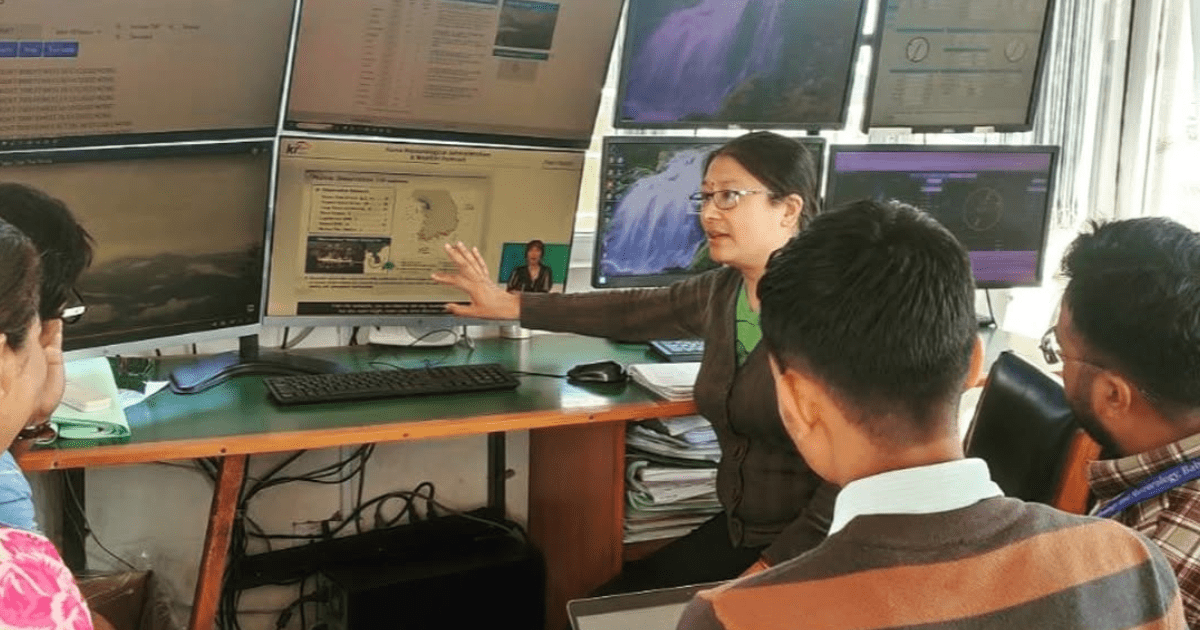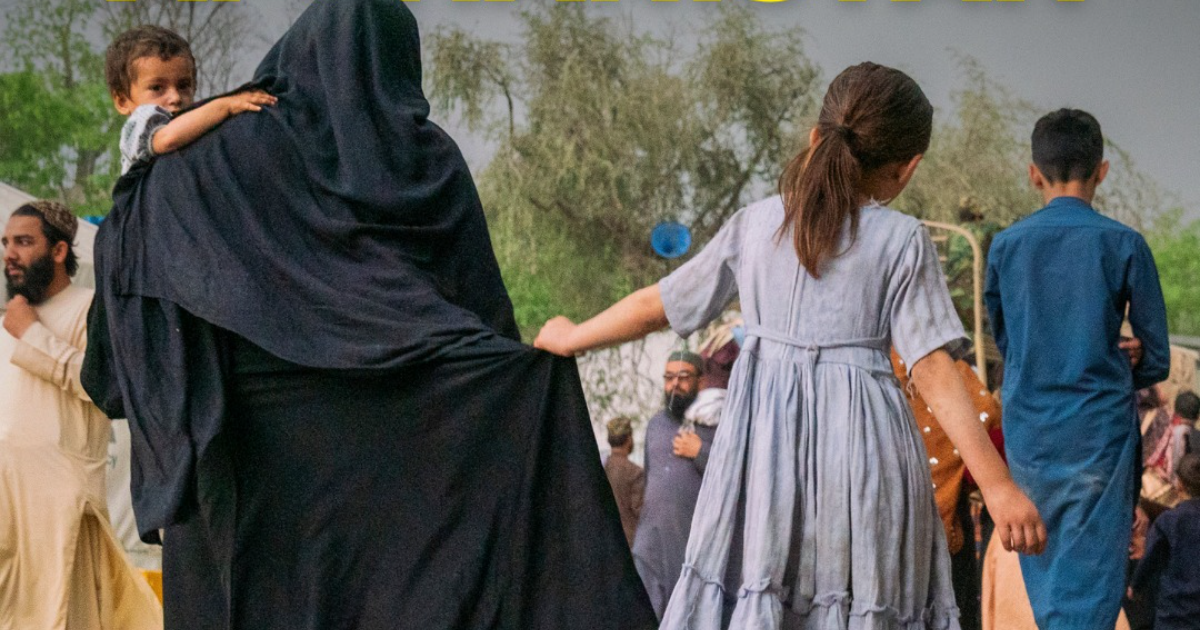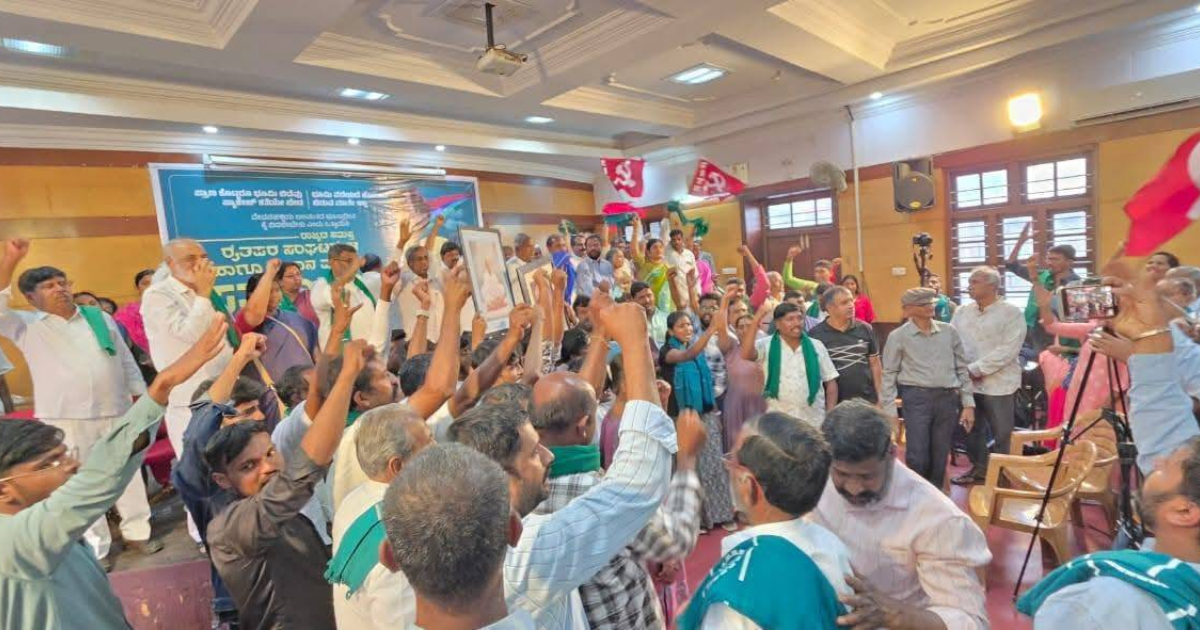The ancient village of Samjung, the Upper Mustang is widely known for its high altitude of wilderness and it stands as the symbol of resilience. It is an attractive scenery of mother nature which is nestled over 13,000 feet above the sea level. The location spreads a peaceful ambience for the people and their life looks ideal with their works such as herding yaks, cultivating barley and preserving Buddhist traditions which are all associated with nature and human’s basic philosophy of life. But these distinctive qualities of Upper Mustang are now vanishing rapidly as the people are forcibly pushed towards relocation due to the rising climate change.
The people of this place will encounter four different types of climates which includes winter, spring, summer and autumn every year. Among these the lasting climate phase with longer days is winter along with the heavy snowfall. Yet the horrible phase is the summer, since they will have to undergo water scarcity and extreme high wind speeds for most of the year. The defiance of enforcing the climatic actions are majorly meant to help the people who are living in the villages like Upper Mustang. Because the climate change is reflecting on the disappearance of glaciers year after year which feeds the spring of the village that began to recede.
The consequences are
- Scarce availability of water
- Washes away the fields
- Eventually, the streams and canals will dry up
- If rain comes it washes away the village violently
The silent suffering which tears the ears is that these changes aren’t taking place in just one day. Gradually, the nature is choked by global warming, consequently the families are packing up and they leave behind their shrines, terraces and memories due to the climatic crisis in their home.
“High-altitude regions like Mustang are warming nearly twice as fast as the global average. The traditional water systems are disrupted due to 25-30% of drop in winter snowfall and erratic rain patterns” said Nepal’s Department of Hydrology and Meteorology.
Experts claim that adaptations aren’t enough right now for this village and the only solution or an option left for the villagers is to relocate. Yet, some of the following initiatives of the government are trying to change this plight and making it more effective for the future such as,
- ICIMOD, UNDP have collaborated with Nepal government and has implemented LAPA (Local Adaptation Plans of Action) that aims to aid the climate-vulnerable communities
- New land was allocated near Kali Gandaki River by local council
- Under the Nepal’s Mountain Resilience Strategy – Spring fed canals, animal shelters and drainage system that manages disaster have been included
Some might think that they are living in a safer region with enough availability of basic needs but not all day seems to be the same day. It is a wake up call to the world nations and the other high-land communities because the water resources of the glaciers are the source of all other water bodies which could transmit the consequences directly and indirectly to everyone.




